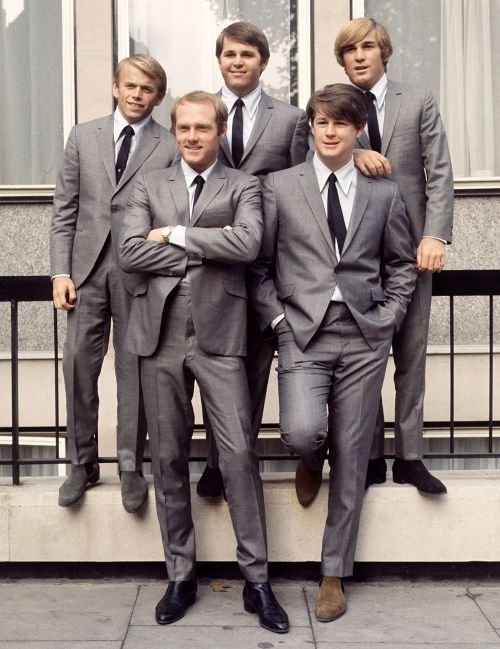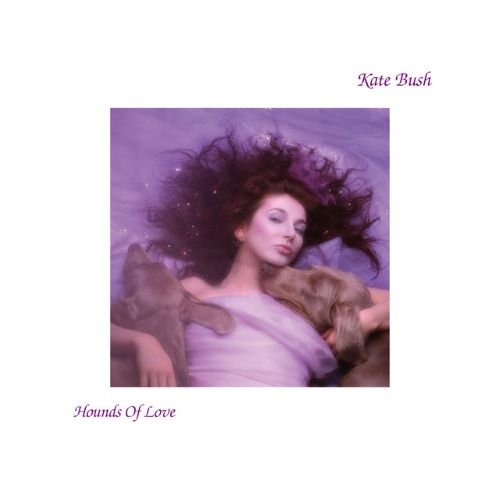FEATURE:
The Digital Mixtape
IN THIS PHOTO: Pari Dukovic for The New Yorker
Jack White at Fifty
__________
A multi-talented musician…
IN THIS PHOTO: Meg and Jack White photographed in 2001/PHOTO CREDIT: Gie Knaeps/Getty Images
who has featured in a number of different groups, Jack White is someone that you cannot pin down and define. He is releasing solo material, but you can never bet against him joining another group like The Dead Weather or The Raconteurs. Known best as the lead of The White Stripes (alongside Meg White), I wanted to look ahead to 9th July. Jack White turns fifty. It is going to be a big day where stations and music websites will salute someone who is considered one of the best musicians of his generation. The White Stripes were recently inducted into the Rock & Roll Hall of Fame. I am going to salute him with a mixtape that combines his solo work, White Stripes, Raconteurs and Dead Weather songs together. Spanning his entire career. Before getting there, AllMusic published a biography of Jack White:
“Jack White is one of the great rock conceptualists of the 21st century. He came to fame as the leader of the White Stripes, the Detroit-based garage-punk duo who were unexpectedly one of the biggest rock acts of the 2000s. The White Stripes established White as a roots rocker -- he made sure they covered blues chestnuts from Son House -- to such a degree that his modernist art instincts were somewhat overshadowed during the band's peak. These dueling, sometimes complementary instincts, fueled White's myriad artistic pursuits both within and without the confines of the White Stripes. He started stepping out on his bandmate Meg almost immediately after White Blood Cells gave the group a blockbuster in 2001, producing Loretta Lynn's Van Lear Rose and forming the Raconteurs with Brendan Benson, then the Dead Weather with Alison Mosshart of the Kills. His voracious musical appetite and strict work ethic flourished once the White Stripes called it a day in 2011, as he divided his time between his Third Man Records empire, the Raconteurs and Dead Weather, and a solo career that grew increasingly idiosyncratic with each new album. Blunderbuss and Lazaretto veered close to territory he covered with the White Stripes but the proggy oddity of Boarding House Reach didn't prove to be a detour, as the twin 2022 albums, Fear of the Dawn and Entering Heaven Alive, proved: the noisy rock of the former was complemented by the quiet, introspective adventure of the latter. 2024's Grammy-nominated No Name saw him reconnecting with no-nonsense, yet rocker-fueled blues rock.
John Anthony Gillis was born in Detroit on July 9, 1975. The youngest of ten siblings, he began playing drums at an early age and took inspiration from the world-weary blues of Son House and Blind Willie McTell. A fascination with guitar followed in his teenage years. After launching his own upholstery business in Detroit, White began to infiltrate the city's music scene as the drummer for Goober & the Peas, a local cowpunk band that split in 1995. While continuing to play drums for other groups, he crossed paths with a bartender named Meg White, and the two were married in 1996. Jack took Meg's surname, and the pair formed the White Stripes after a Bastille Day jam session showed promising results.
With their color-coded image and raw, punky sound, the White Stripes became a key component of the garage rock revival of the late '90s. In addition to their music, the bandmembers stirred public interest by claiming to be siblings, a declaration that seemed slightly less incestuous when Jack and Meg White divorced in 2000. Despite the split, the White Stripes only grew in popularity as the decade progressed, eventually winning three consecutive Grammy Awards and issuing several platinum-certified albums.
Following the release of Elephant in 2003, Jack White took a break from the group to produce Loretta Lynn's Van Lear Rose. A critical smash, the album helped endear Lynn to a new generation of fans, thanks in part to White's credibility as a rock artist. He then returned to the White Stripes for the release of Get Behind Me Satan, which saw him expanding his instrumental range with piano and marimba. Shortly thereafter, he launched a concurrent group, the Raconteurs, with friend Brendan Benson and two members of the Greenhornes (who, incidentally, had served as backing musicians on Van Lear Rose). The Raconteurs made their debut with 2006's Broken Boy Soldiers and toured in support of the album, while White publicly stressed that his work in the band should not be seen as a side project or a diversion from the White Stripes. Thus, he began juggling his responsibilities to both groups, partnering with Meg White once again for the White Stripes' 2007 release Icky Thump before returning to the Raconteurs for 2008's Consolers of the Lonely.
While touring in support of the latter album, White suffered from bronchitis and often lost his voice, prompting singer Alison Mosshart (from the Raconteurs' touring partners the Kills) to climb on-stage and contribute her own vocals. The chemistry between Mosshart and the Raconteurs proved alluring, and the musicians opted to form a separate group named the Dead Weather. With Jack White now handling drums, the band retreated to the studio and recorded an energetic debut, Horehound, in a matter of weeks. Released in 2009, the album was well-received on both sides of the Atlantic, cracking the Top Ten in America and peaking at number 14 in the U.K. Encouraged by such success, the Dead Weather began working on a second album during the fall, with the intention of previewing several new songs during an Australian tour in early 2010. In the meantime, White secured enough free time to appear in a movie -- the guitar-themed It Might Get Loud -- and produce an album for his wife, songwriter Karen Elson.
The first solo outing from White, the bluesy, typically idiosyncratic Blunderbuss, named for a muzzle-loading firearm that was a precursor of the shotgun, arrived in April of 2012. It promptly debuted in the American charts at number one, the first White-associated album to do so. Blunderbuss also earned several Grammy nominations, including Album of the Year, Best Rock Album, and Best Rock Song for "Freedom at 21." White's second solo album, Lazaretto, followed in June 2014, preceded by the single "High Ball Stepper." It debuted at number one on the pop charts and earned positive reviews. The Dead Weather released their third album, Dodge and Burn, in September 2015, and a year later White issued Acoustic Recordings 1998-2016, a double-disc compilation of acoustic numbers from his various projects. In April 2017, he released a surprise instrumental single called "Battle Cry." A lifelong baseball fan, it was announced that the song would be used as the walk-up music for Detroit Tigers infielder Ian Kinsler, with whom White co-owns the baseball bat company Warstic. In March 2018, the strange, sprawling Boarding House Reach was released, peaking at number one on the Billboard 200. The following year, he was back with the Raconteurs for the group's third album, Help Us Stranger.
In November 2021, White returned with "Taking Me Back," a single released in two versions: a noisy, gnarled rock incarnation and a softer acoustic variation. The rock spin on "Taking Me Back" heralded the April 2022 release of Fear of the Dawn, a nervy, noisy record that found White experimenting with digital effects. The jaunty acoustic revision anchored Entering Heaven Alive, a quieter but still restless record that followed in July while White was in the middle of a lengthy and eventful tour that saw him getting married onstage and playing Saturday Night Live for the fifth time.
After a period of little discernable activity, White surprised fans on in July 2024 with the release of a bares-bones, blues-influenced album titled No Name. It was packaged like a white-label promo with only the words "No Name" stamped on the sleeve and was given away to customers at Third Man records locations for free. It topped the U.K. Independent Albums chart, cracked the Billboard 200, and finished the year with a Grammy nomination for Best Rock Album”.
Because Jack White turns fifty on 9th July, I thought it was only right to showcase some of his best work. These are songs he either wrote or sings on. There are some co-writes in the mix. However, it is his solo work and material with The White Stripes that stands out most. Here is a career-spanning mixtape of cuts featuring…
THE great Jack White.


































































